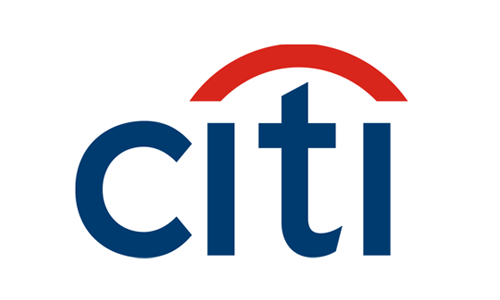

Key Activities include:
- Participating in the design, development, delivery and maintenance of best-in-class Compliance programs, policies and practices for ICRM. In particular covering the Citi governance framework, policies, standards and procedures.
- Analyzing complex comparative data, preparing and presenting regional and global reports related to compliance risk assessments, and monitoring of compliance related issues. In particular, governance risks and issues.
- Reviewing materials to ensure compliance with various regulatory and legal requirements and to ensure compliance risks are appropriately identified and addressed. The role has a particular focus on legal and regulatory requirements over governance.
- Investigating and responding to compliance risk issues. Investigating regulatory inquiries, preparing required documentation, making recommendations to senior management on how to proceed, and preparing responses for the regulatory inquiries.
- Overseeing the monitoring of adherence to Citi’s Compliance Risk Policies and relevant procedures and preparation, editing, and maintenance of Compliance program related materials.
- Interacting and working with other areas within Citi, as necessary.
- Keeping abreast of regulatory changes, new regulations and internal policy changes in order to further identify new key risk areas.
- Additional duties as assigned, including;
(1) Supporting Citi management with the implementation of globally-consistent governance policies, standards and procedures which are consistent with ICRM standards and external regulations.
(2) Supporting the communication and monitoring of training on the new governance policies and procedures to assist the business’s implementation. Training should be consistent with ICRM standards.
(3) Supporting a risk-focused and globally-consistent compliance monitoring program, in line with ICRM standards, to periodically test and independently challenge management’s operation of its governance framework and key committees suggesting best practices and making recommendations for change as appropriate. This should include ongoing risk assessments and promptly identifying relevant regulatory changes.














